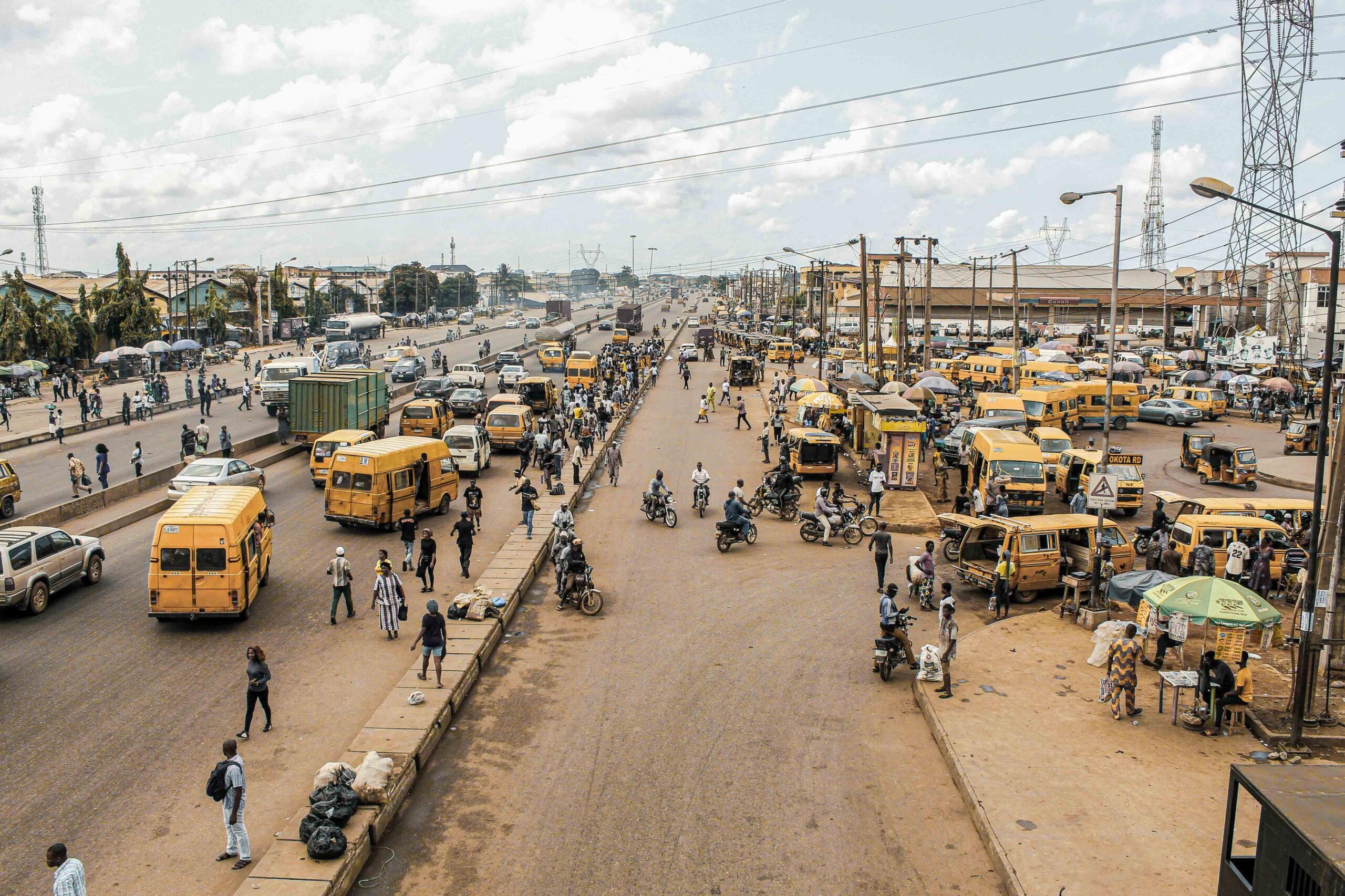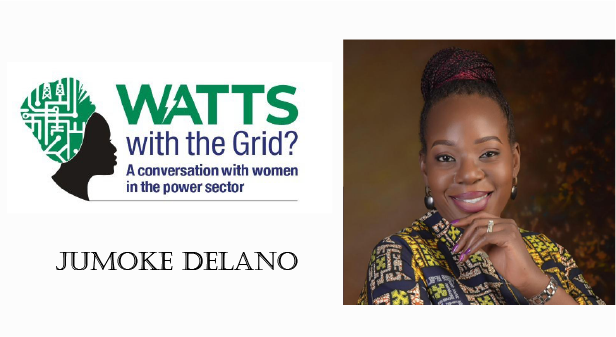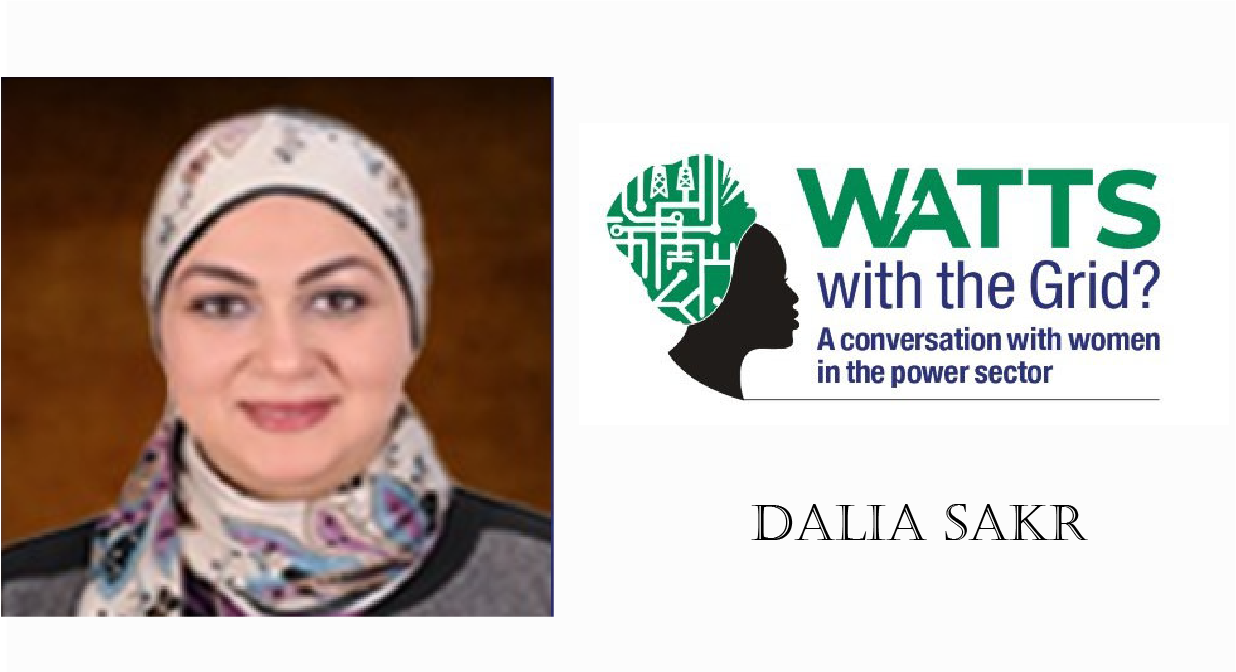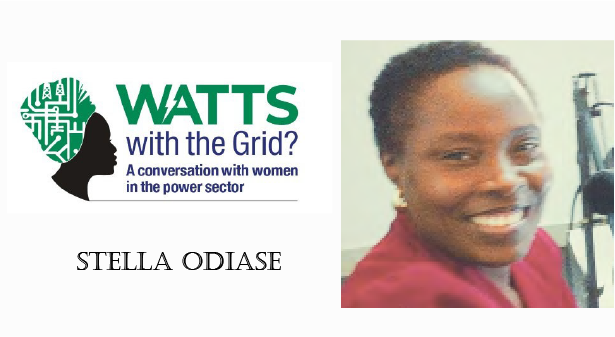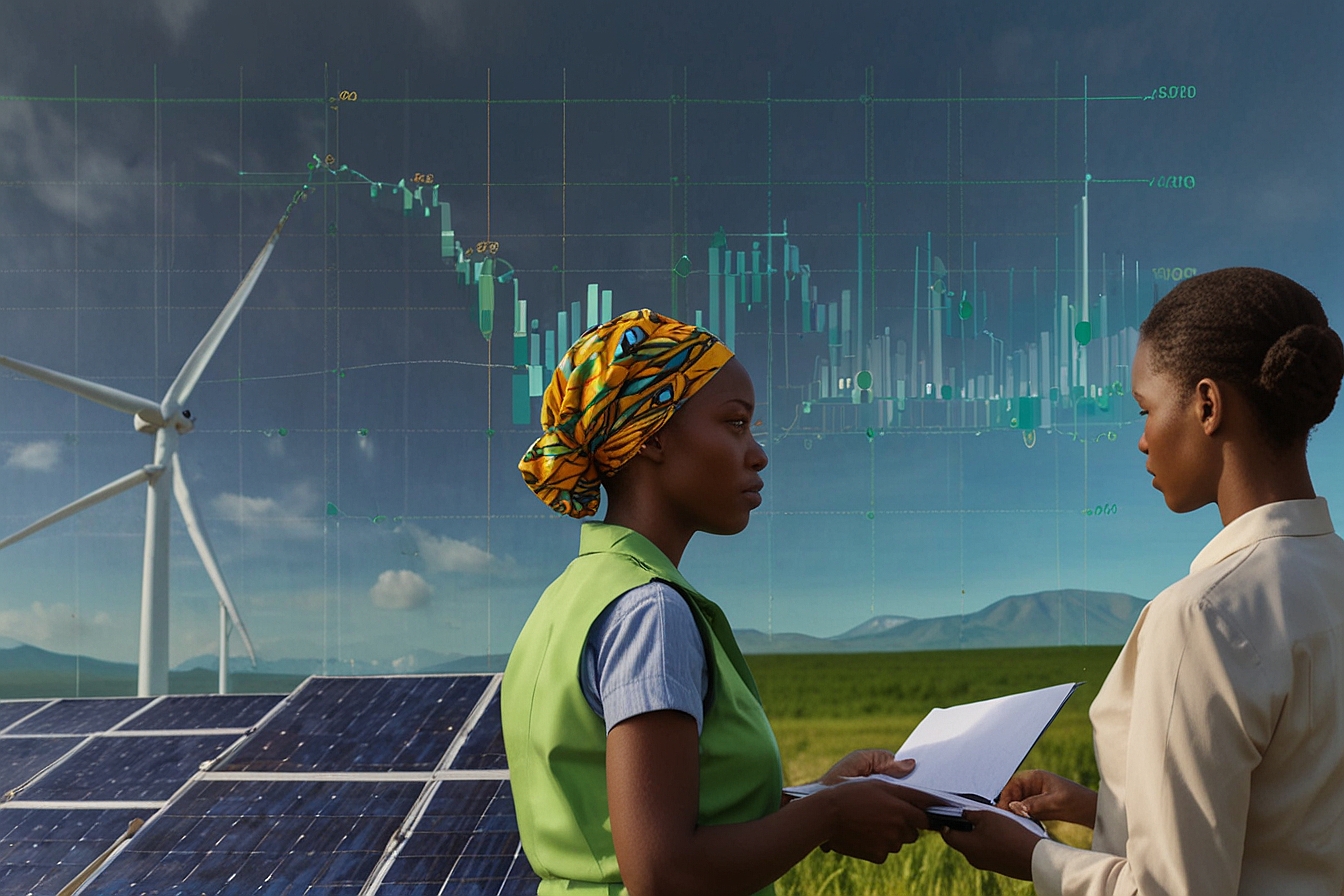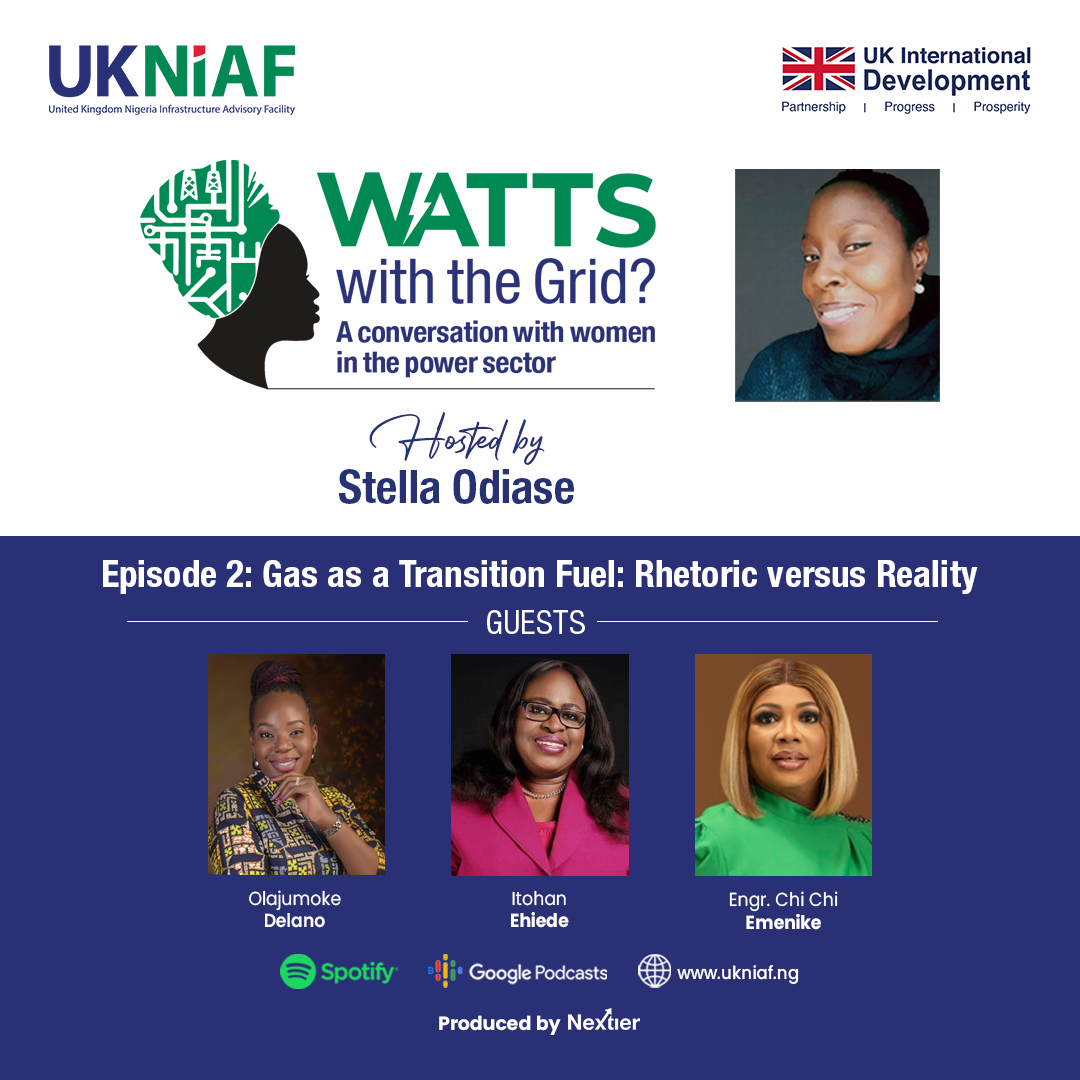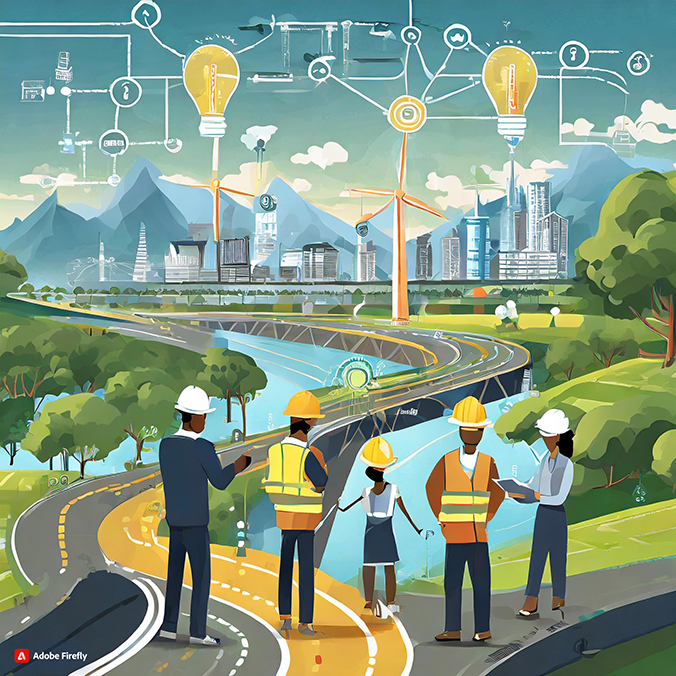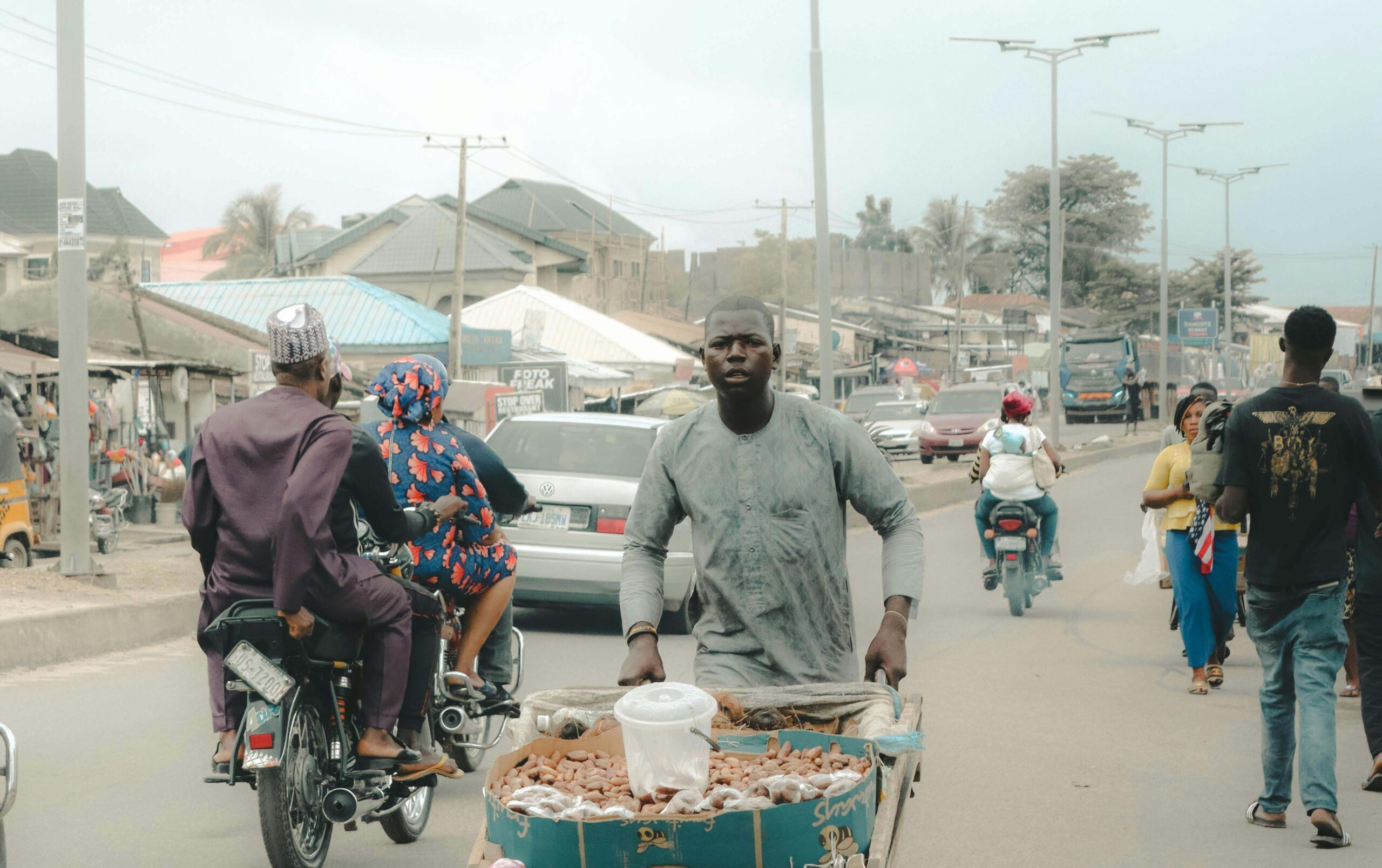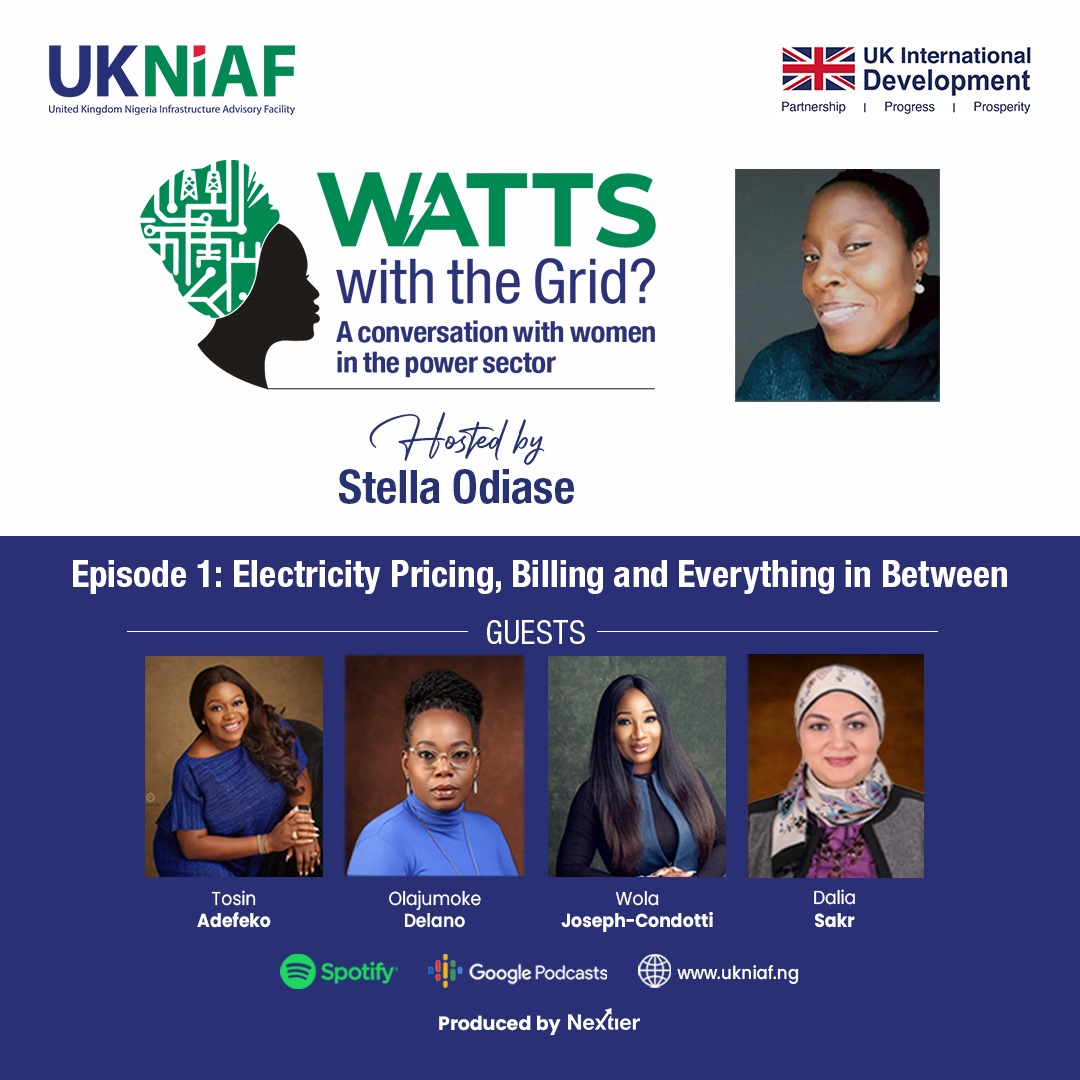Three Perspectives on Nigeria’s Electricity Tariff Review: The Utilities, the Climate Change Expert, and the Customer
What is this about?
The process of generating, transmitting, and distributing electricity is multi-faceted, with parties with different interests at each step. Different perspectives and priorities are commonplace. To achieve a mutually beneficial goal we need to acknowledge and listen to these perspectives. As a step in this direction UKNIAF is pleased to showcase three different perspectives from three thought leaders.
In this first of a three-part series Jumoke Delano, a multi-jurisdictional lawyer, and former Head of Regulatory Relations at the Abuja Electric Distribution Company, explores the interconnected roles of different players within the power value chain, and their need for cooperation and coordination.

Dancing in sync: Powering Nigeria through a coordinated value chain
Jumoke Delano
Imagine a performance where the dancers keep stepping on each other’s toes or where each dancer is moving to a different rhythm. It would be a chaotic and unpleasant experience. If you were part of that dance, you would eagerly await the end of the event and avoid those dance partners in the future. What if you were stuck with those dance partners and had to keep dancing with them every day?
This is exactly the challenge faced by the Nigerian Electricity Supply Industry (NESI), where the different stakeholders often dance to discordant tunes which affects the overall performance and leads to supply outages and constrained energy access.
In our dance analogy, the members of the dance crew would represent the different entities involved in the electricity supply chain. The generating companies (GenCos) produce the electricity while Transmission Company of Nigeria (TCN) acts as the bridge, helping to transport the electricity from the Gencos to the distribution companies (DisCos), who make the energy available to the end-use customers.
The Nigerian Electricity Regulatory Commission (NERC) plays the role of the choreographer, who should ensure that members of the value chain work together seamlessly to provide reliable and continuous power supply. NERC’s mandate also covers balancing stakeholder interests, establishing rules, giving sanctions to non-performing members, overseeing the compensation process, and ensuring that all the performers are compensated, as well as ensuring that payments flow smoothly in the opposite direction as the energy flows from the GenCos to the customers.
The retail tariff: Compensating the performers
The tariff is the amount charged to the customer for the electricity they use. It is the payment by the customer for the electricity consumed and covers the cost of producing and delivering each kilowatt-hours (kWh) of electricity to the customer.
The tariff is influenced by factors such as the total energy generated, inflation rates, exchange rates, and administrative costs. As these variables change, the tariff may also change. For every naira of revenue received, about 23% is retained by the DisCos, approximately 70% goes to the GenCos with the remainder shared among the other members of the value chain. As the choreographer of the electricity market, NERC has a crucial role in ensuring that the retail tariff reflects prudent costs, eliminating any inefficiencies that would otherwise be passed on to the customer.
To achieve this, NERC introduced the Service Based Tariff (SBT) framework in November 2021 with varied pricing based on the hours of supply that customers receive. Customers who receive more hours of supply are charged a higher tariff for the privilege; a similar principle as having front-row or box seats at a concert. This is meant to incentivize DisCos to invest in upgrading their networks so that they have enough capacity to increase the hours of supply to customers on each tariff band. In turn, customers receive improved service delivery and DisCos increase their revenues, a win-win for all.
The debate on subsidies and affordability
The current tariffs do not cover the actual cost of producing and delivering electricity to customers. Some industry experts argue that the government should continue to subsidise the gap between what customers currently pay and what they should actually pay to cover the cost of providing electricity. Others argue against tariff increases because it will make life harder for ordinary Nigerians. But many customers (low-income customers) already pay significantly more than they would be for grid supplied electricity by resorting to self-generation using diesel and petrol generators, which costs significantly more than the true costs which they should pay for receiving electricity. As much as 75% of Nigeria’s power supply is generated nationally through self-generation, rather than through the national grid. The cost of self-generation suggests that more people can actually afford to pay more for electricity than they currently do, raising questions about the necessity of subsidies.
Those who invest in and produce electricity need to receive adequate compensation for their investments. At the same time, we do need sustainable interventions to support low-income customers, and ensure they have adequate, reliable electricity access. A potential solution could be to establish the Power Consumer Assistance Fund (PCAF), which is provided for in the Electricity Act of 2023 and which aims to subsidise electricity cost for the poorest electricity customers.
In conclusion, there is a critical need to improve the choreography in this dance. When all dancers are performing in sync, moving to the same rhythm, and cooperating with the choreographer, the performance will be far more enjoyable for all involved – the dancers and the audience members alike, Issues need to be addressed holistically such that players in the market are like a dance troupe performing in sync.

